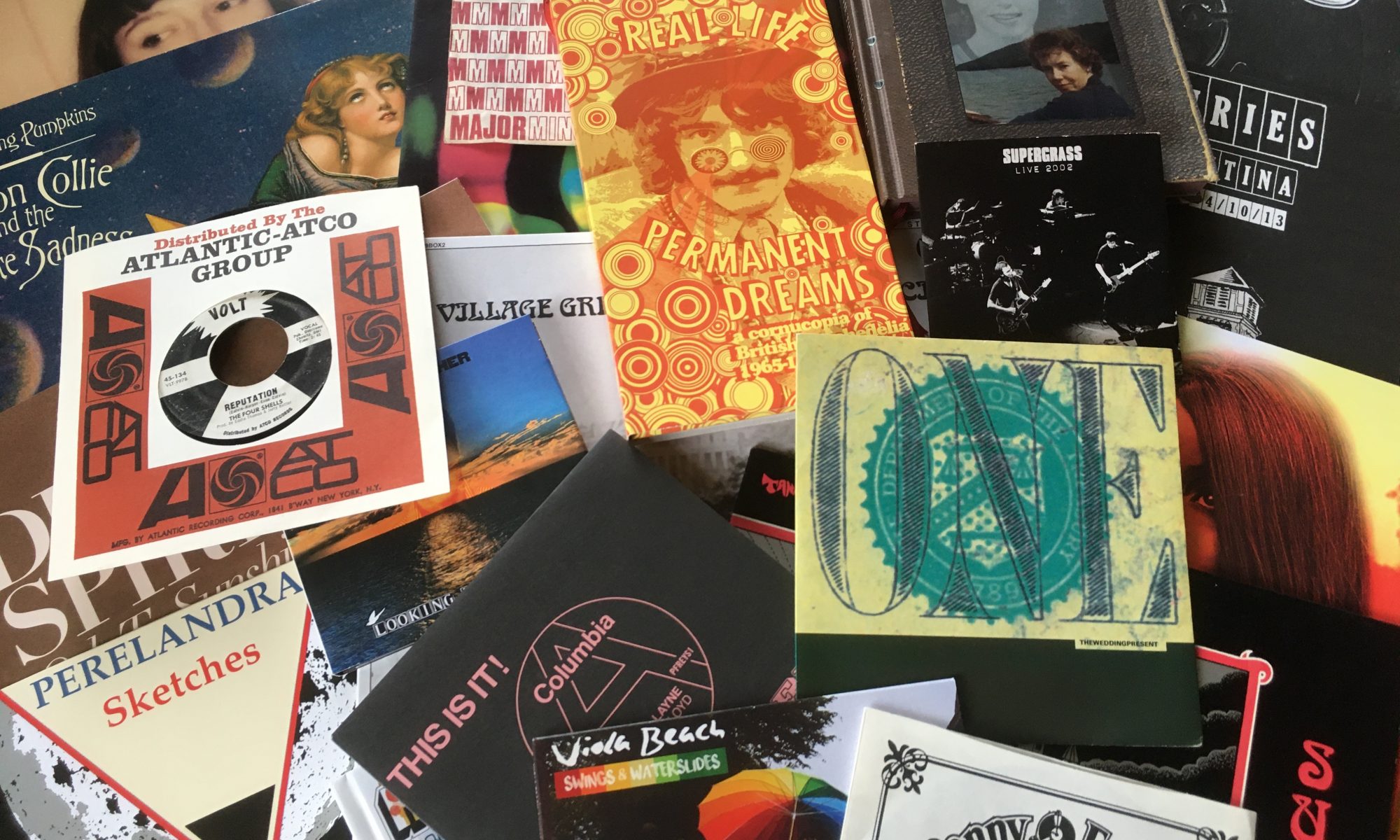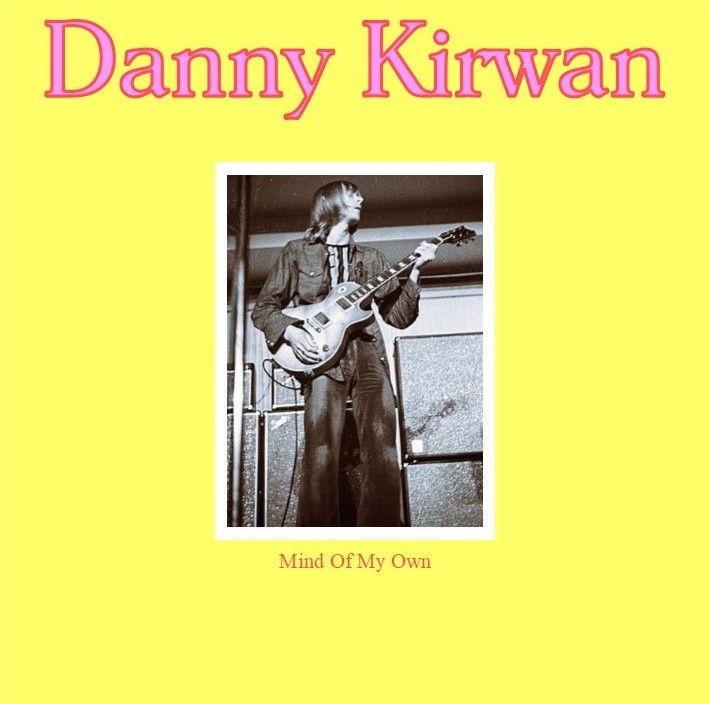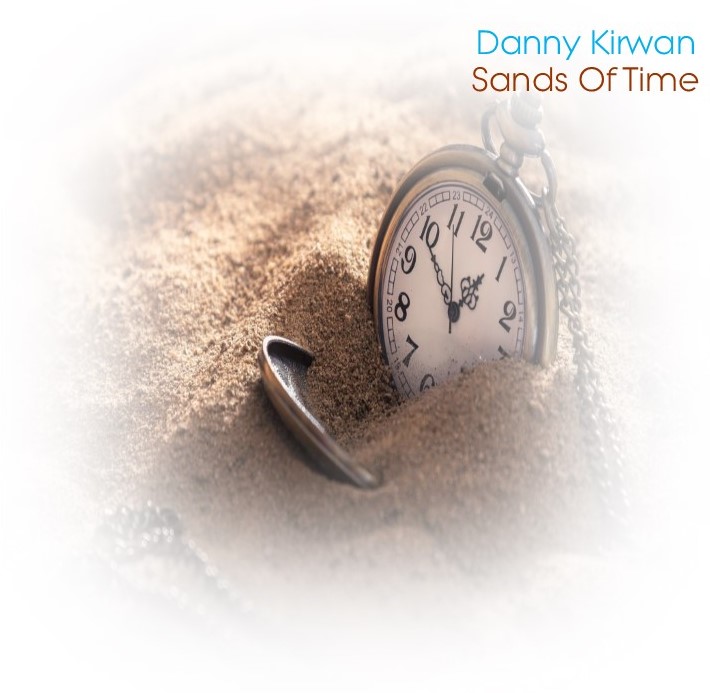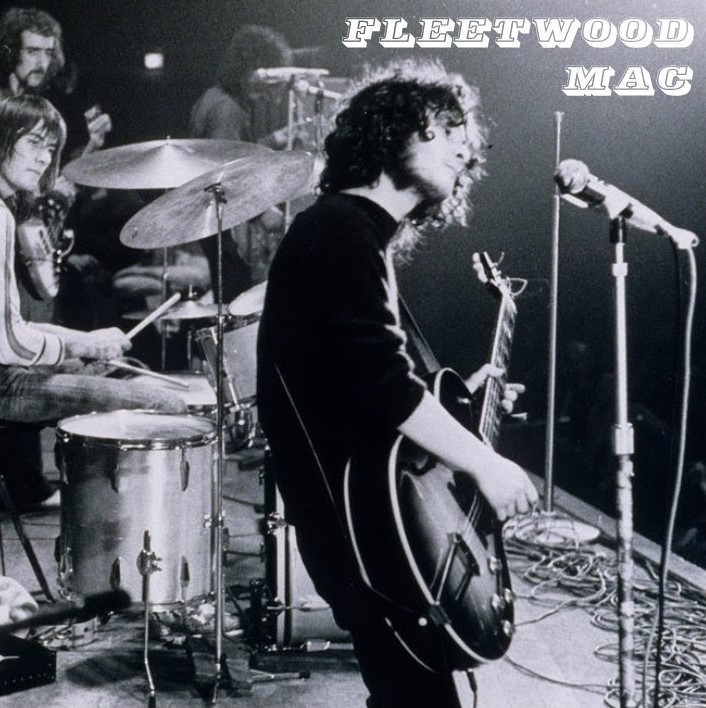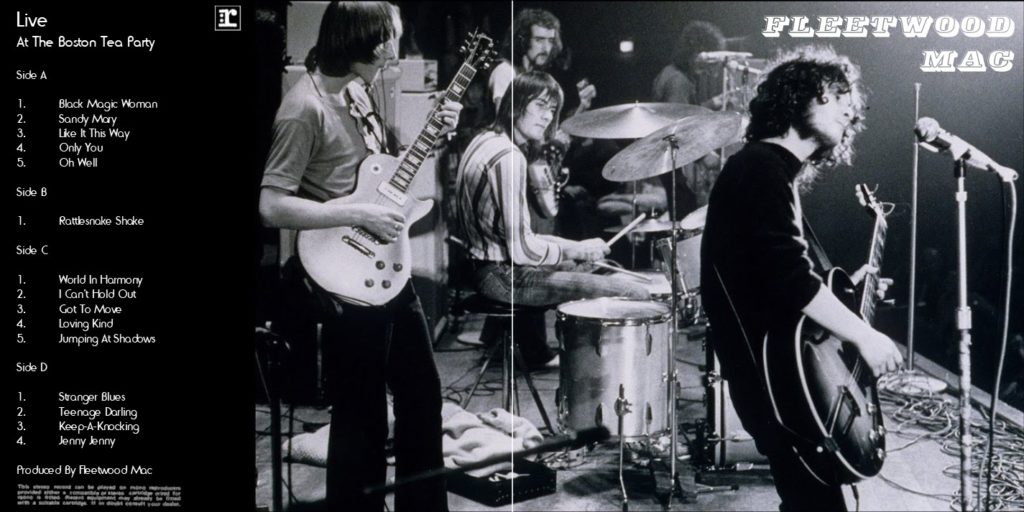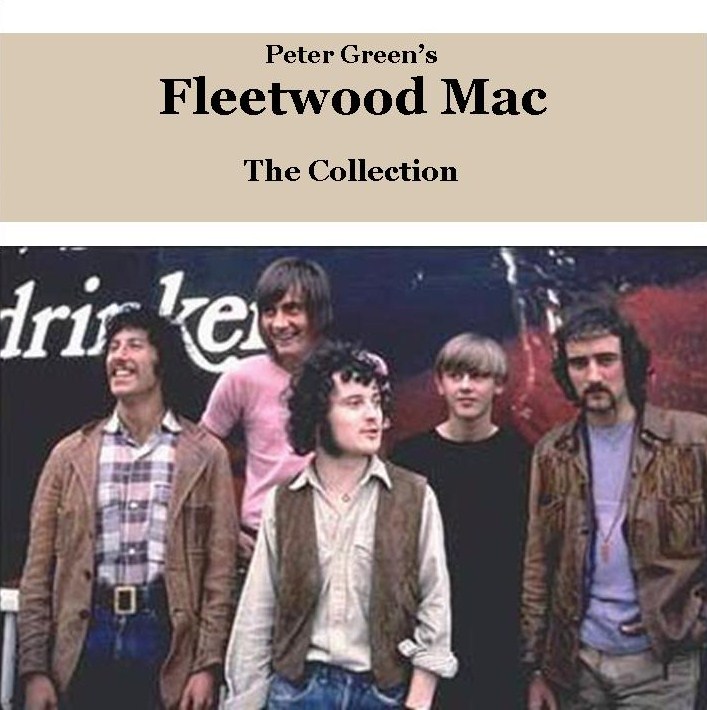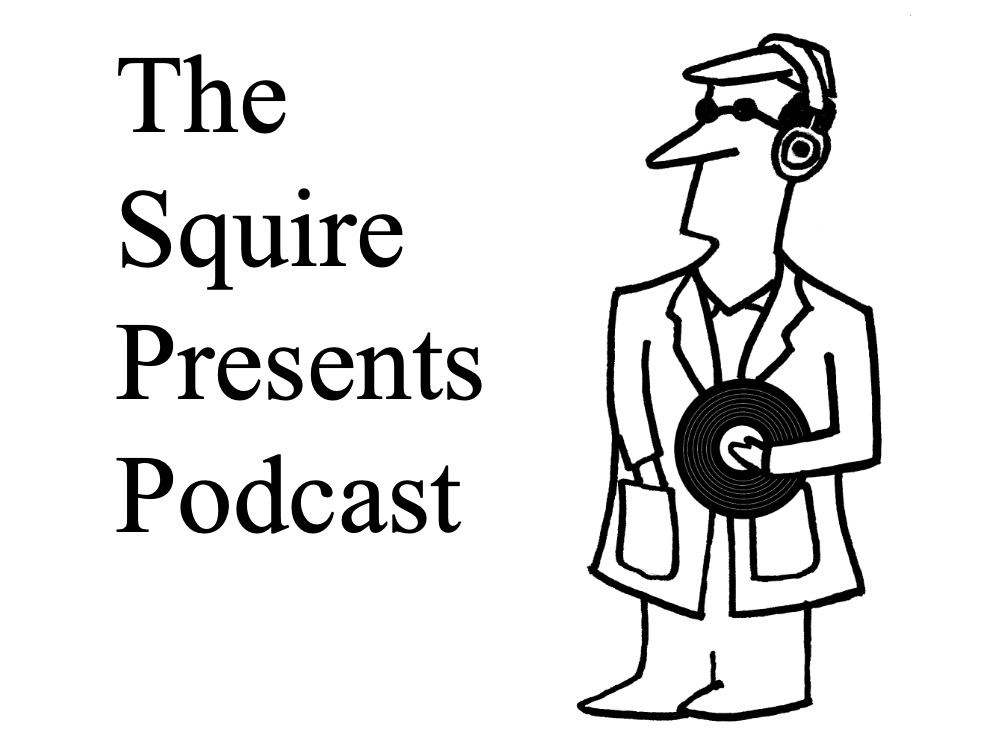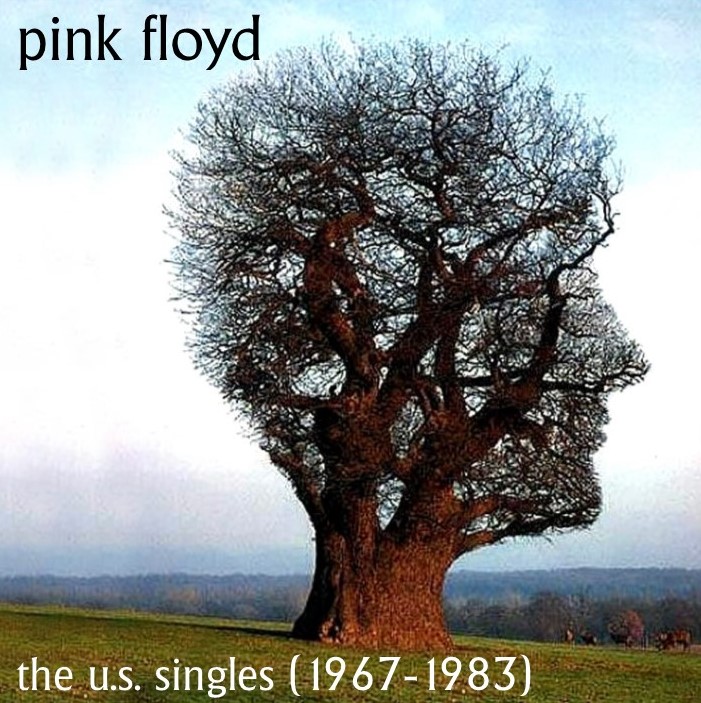
When Record Store Day (RSD) was cancelled back in April, I was interested to see what would happen with all of the stock which had already been pressed up and was ready to be distributed to participating shops. Not a lot for a while, but then it was announced that there would not be one RSD, but three. The first of these is today so I have been thinking about what I would like to see as a RSD release if I was allowed to pick anything from the archives. Therefore, for each of these RSD’s I will be putting together a compilation of songs that I think would be a welcome release. The first of these is Pink Floyd and a compilation of the singles that were put together for the US market.
Pink Floyd had started life releasing singles and breaking in the British Top 20 with ‘Arnold Layne’ and ‘See Emily Play’. These songs were written by Syd Barrett but he was soon to leave the band for reasons that have been documented in great length elsewhere. The group continued to record after Barrett’s departure and though they remained a successful album band (non of their LP’s have failed to reach the UK top ten), on the singles front, the hits dried up. After ‘Point Me At The Sky’, the Floyd decided to stop releasing singles in the UK because, as Roger Water said “we were no bloody good at it”. This would remain the case until 1979 when ‘Another Brick In The Wall (Part II) became an unlikely number 1 single in many of the major record buying markets around the world, including the UK.
In other parts of the world, this was not the case. For this compilation, we are going to focus on the US as a number of singles and an EP were pressed up. Some of these were promotional releases designed for DJs to promote the parent album. Others were commercially released singles and one was an EP of ‘Dark Side Of The Moon’ songs. Most were edited, and some of the earlier songs on this collection are mono mixes as AM radio was still king in the early 1970’s.
Side A
- One Of These Days (Mono Promo Single Edit)
- Fearless (Mono Promo Single Edit)
- Free Four (Promo Single Edit)
- Money (Promo EP)
- Breathe (Promo EP)
- Time (Promo EP)
- Us & Them (Promo EP)
Side B
- Have A Cigar (Mono Single Edit)
- Run Like Hell (Single Version)
- One Of My Turns (Single Version)
- Comfortably Numb (Single Edit)
- Not Now John (Obscured Single Edit)
- Flaming (Mono Single Promo)
One Of These Days (Single A Side) — This was a commercial released single that has similar playing times to the songs when they appeared on the parent album and was in stereo. However, the promo single was mixed in mono and there were various small edits throughout the song to reduce playing time.
Fearless (B Side of One Of These Days) — Like the A Side, this was mixed into mono for the promo release. The album version has two verses, but the promo single has only one. It mainly consists of the first verse (until “just wait a while for the right day”) but the last lines were replaced by those of the second verse (“and as you rise … faces in the crowd”). This version also fades out earlier.
Free Four – There isn’t too much different here between the album version and this single mix. This version does fade out earlier and it has been mixed into mono.
Dark Side of the Moon EP – The songs included on this EP are ‘Breathe’, ‘Time’, Us & Them’ and ‘Money’. Released after the parent album had came out. A note on the back of the EP cover says “Pink Floyd’s latest No.1 album, ‘Dark Side of the Moon’ went platinum a few months after release – with smash sales surpassing three times those of a standard gold album. Here are four representative selections take from the ‘Dark Side of the Moon’ LP, edited down for your airplay convenience”. Apart from the edits to bring down the playing time, ‘Time’ has been edited so that the introduction to the song has also been placed at the end. The profanity in the song ‘Money’ has been edited out and all of these songs have been mixed into mono.
Have A Cigar – The introduction of this songs has been reduced from eight bars to four. There are also some small edits in the guitar and keyboard themes. There is also an early fade out during the final guitar solo. Once again, this song has been mixed to mono.
Run Like Hell – This is the first song on this collection to have been released in stereo. The mix does not include any crowd noise during intro and outro. There is also only one guitar theme before the first “Run, run, run, run…” instead of two, but it is repeated twice at the end (after the scream) instead of once. The “hunt” part has also been edited.
Comfortably Numb – The final guitar solo is stuck to the end of the first verse (no first guitar solo, no second verse).
One Of My Turns – The dialling tone that starts the album version of this song has been removed. The synth in the songs opening bars has been brought forward in the mix and the vocal effects on the ‘Why are you running away’ lyric are now sustained for about three seconds longer.
Not Now John – This is known as the Obscured version, because this song is notable for using some very strong profanity. The original album version has lyrics that say “Fuck all that”, To make a radio-friendly version, this lyric was changed to ‘Stuff all that’. Note that they just recorded “Stuff all that” loud enough to drown the original, which is still there. The intro is slightly different from the album version as the laugh has been edited out. This version also fades out before the lyrics “Where’s the fucking bar John?”.
Flaming – Pink Floyd’s debut album was butchered by their US record label when it was released in 1967. Out went the songs ‘Astronomy Domine’, ‘Flaming’ and ‘Bike’. Instead, the US album included ‘See Emily Play’. The running order was also completely different. ‘Flaming’ was released as a single in mono and is noticeable as the sound effects are much louder than those of the stereo mix. It is very similar, if not identical to the mono mix used on the UK album. Why was ‘Flaming’ stuck at the end even though it was the first song to be released? Well, it didn’t really fit in anywhere else, especially as ‘One Of These Days’ is a perfect song to start this record with.
The album art was taken from https://www.askideas.com/very-funny-human-face-tree-picture/. I was looking for an image that reminded me of the style used by Hipgnosis, the design company that famously worked with Pink Floyd (and numerous other bands).
